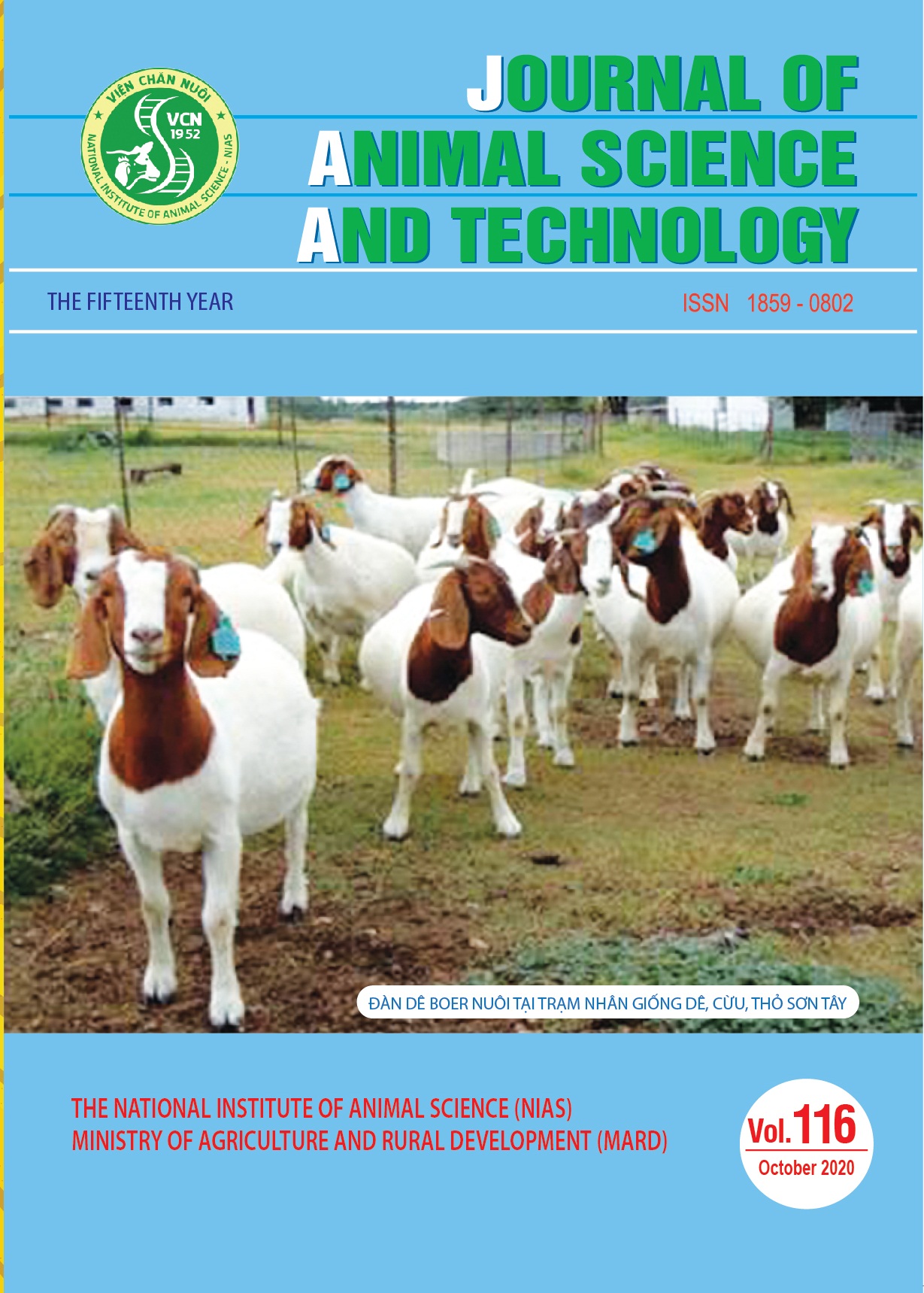The use of water hyacinth (Eichhornia crassipes) for improving metabolizable energy intake, nutrient digestibility and economic return of local yellow cattle
The objective of this study was to determine the optimum levels of water hyacinth (WH) in cattle rice straw diet by evaluating nutrient and energy intakes, digestibility and economic return. Four local male cattle with average live weight of 214.5 kg were arranged in a Latin square design with four treatments, which included fresh water hyacinth (WH) replacing rice straw at levels of 0, 25, 50 and 75% in the diets (DM basis) corresponding to the WH0, WH25, WH50 and WH75 treatments. The urea-molassesblock was supplemented in all the diets to balance CP intake for the all treatments. The results showed that daily DM, OM and NDF intakes were significantly different (P<0.05) among the treatments and they were gradually reduced from the WH0 to WH75 treatment due to the higher moiture content of WH. However the metabolizable energy (ME) intake was higher for the WH50 treatment, because of the digested DM improvement. The rumen pH, N-NH3 and total VFA concentrations were not significantly different (P>0.05) among the treatments with a good rumen environment for microbial activities. It was also found that the daily weight gain was significantly different (P<0.05) among the treatments with the highest value for the WH50 treatment. The conclusion was that fresh WH could be replaced rice straw in cattle diet for improving dietary nutrient digestibility, metabolizable energy and possitive live weight change. The optimum level of WH replacement to rice straw in cattle diet could be 50%.

